
Deutsch-Chinesische Enzyklopädie, 德汉百科
 Jilin Sheng-JL
Jilin Sheng-JL
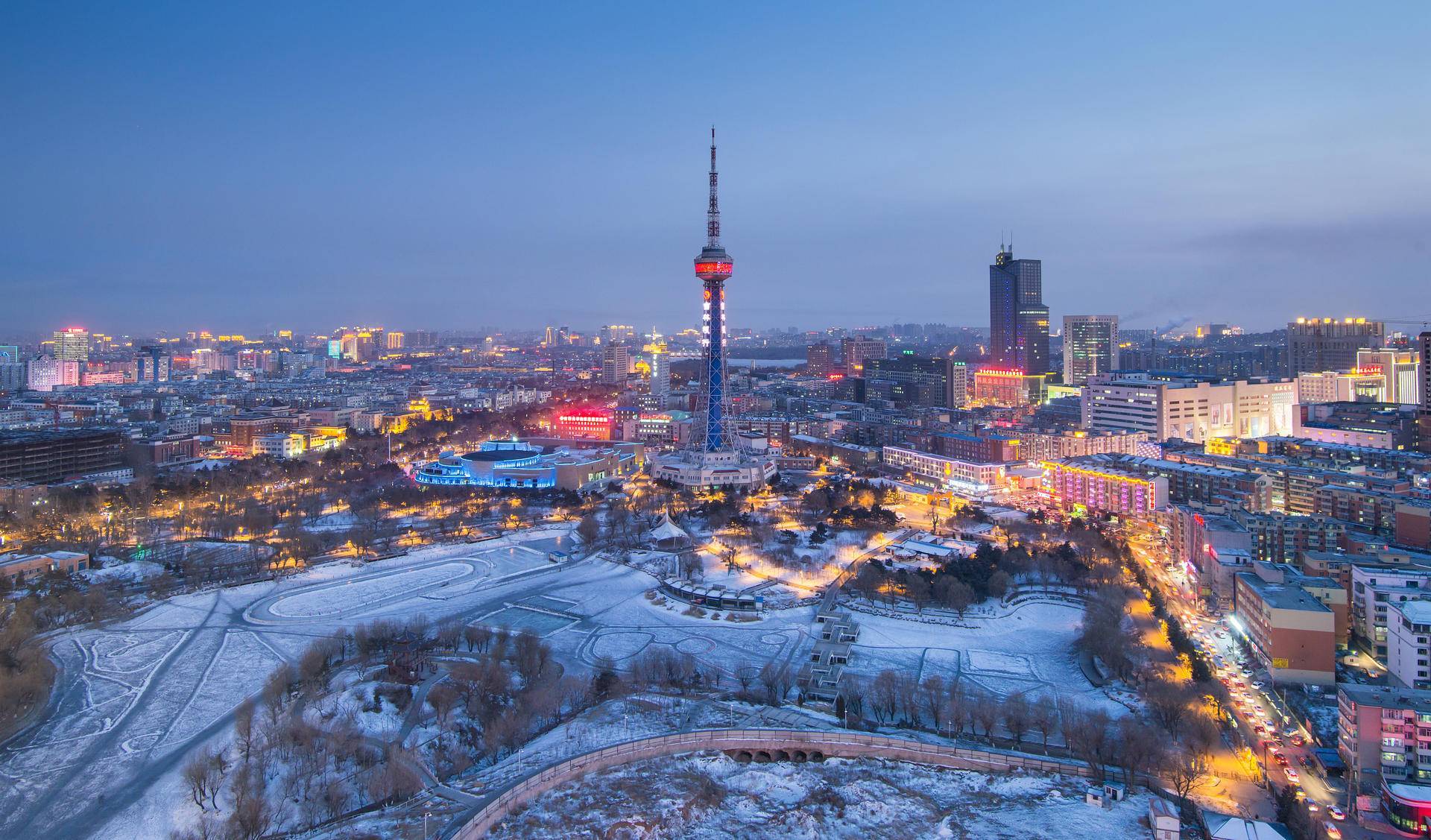

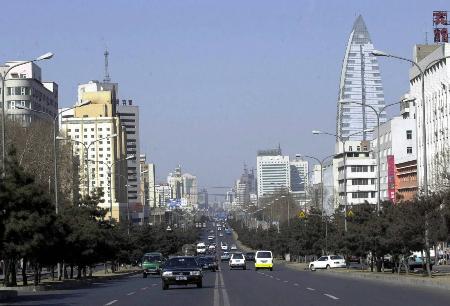


长春市是中华人民共和国吉林省的省会,副省级市,位于中国东北地区的“天然地理中心”[4],中国科学院长春分院、中国科学院东北地理与农业生态研究所、中国科学院长春光学精密机械与物理研究所、东北地区实力最强的综合大学吉林大学位于长春。[5]1932年3月至1945年8月间为满洲国首都新京。
2010年长春常住人口7,677,089人[6],面积20,594平方公里。长春户籍居民包括汉、满、朝鲜、回、蒙古、锡伯等38个民族。长春市区内居住着30多万来自世界各国的外侨,包括日本人、韩国人、欧洲人、北美人、阿拉伯人等[7]。长春是中华人民共和国最大的汽车工业城市和最早的电影工业基地,同时也是中国沿边开放城市。
Changchun (chinesisch 長春市 / 长春市, Pinyin Chángchūn Shì ‚langer Frühling‘) ist die Hauptstadt der Provinz Jilin im Nordosten der Volksrepublik China und eine der 15 Unterprovinzstädte des Landes. Sie hat etwa 3,4 Millionen Einwohner in der Innenstadt (Stand 1. Januar 2010) und ca. 7,7 Mio. im gesamten Stadtgebiet.
長春市(ちょうしゅんし/チャンチュンし、中国語: 长春市、拼音: 、英語: Changchun)は、中華人民共和国吉林省に位置する副省級市で同省の省都。市区人口約438万人・総戸籍人口約749万人(2017年)。吉林省政府が所在し、省内の政治、経済、文化の中心地となっている。1932年から1945年までは満洲国の首都とされ、新京と呼ばれた。 市内には長春第一自動車製造工場と長春映画製作所が所在し、中国における自動車工業と映画製作の拠点となっている。住民は漢族、満族、朝鮮族、回族、モンゴル族、シベ族など38の民族から構成される。
市内には、中国最大規模を誇る吉林大学を含む27の国立大学を抱え、中国科学院長春分院、高い研究開発力を有する中国科学院長春光学精密機械研究所、中国科学院長春応用化学研究所、長春人造衛星観測ステーション、東北地理・農業生態研究所、衛生部長春生物製品所など100余の重点科学研究機構も所在する、中国における重要な研究学園都市であり、科学技術人員の比重は中国でもトップクラスである。
また、北東アジア博覧会、長春映画祭、長春ブックフェア、長春国際モーターショー、長春国際農業食品博覧会など開催し、中国でも有数の会議・展示都市でもある。四季の違いが顕著で「北国春城」の異称を有する。新京時代に満州国の首都であったことから、市内には当時の建築物が多く残っている。
Changchun (simplified Chinese: 长春; traditional Chinese: 長春; pinyin: Chángchūn) is the capital and largest city of Jilin Province.[5] Lying in the center of the Songliao Plain, Changchun is administered as a sub-provincial city, comprising 7 districts, 1 county and 2 county-level cities.[6] According to the 2010 census of China, Changchun had a total population of 7,674,439 under its jurisdiction. The city's urbanized (or metro) area, comprising 5 districts and 4 development areas, had a population of 3,815,270 in 2010 as the Shuangyang and Jiutai districts are not urbanized yet.[3] It is the biggest city in Northeast China, as well as the 9th biggest city in China.
The name of the city means "long spring" in Chinese. Between 1932 and 1945, Changchun was renamed Hsinking (Chinese: 新京; pinyin: Xīnjīng; literally: "new capital") by the Japanese as it became the capital of the Japanese puppet state of Manchukuo, occupying modern Northeast China. After the foundation of the People's Republic of China in 1949, Changchun was established as the provincial capital of Jilin in 1954.
Known locally as China's "City of Automobiles",[7] Changchun is an important industrial base with a particular focus on the automotive sector.[8] Because of its key role in the domestic automobile industry, Changchun was sometimes referred to as the "Detroit of China."[9] Apart from this industrial aspect, Changchun is also one of four "National Garden Cities" awarded by the Ministry of Construction of P.R. China in 2001 due to its high urban greening rate.
Changchun (chinois simplifié : 长春市 ; pinyin : , Tchang-Tchouen en version romanisée d'autrefois) est une ville du Nord-Est de République populaire de Chine, capitale de la province du Jilin, dans le Dongbei (autrefois Mandchourie). Elle a le statut administratif de ville sous-provinciale. Sa population qui est de plus de sept millions d'habitants, parle le « dialecte de Changchun » du groupe du nord-est du mandarin. Pendant l'invasion japonaise de la Mandchourie, l'Empire du Japon, y place la capitale de l'État fantoche du Mandchoukouo, sous le nom de Hsinking et le siège de l'armée du Guandong de 1931 à 1945.
Changchun (长春S, ChángchūnP), situata nel nord-est della Cina, è la capitale della provincia dello Jilin e Città sub-provinciale.
Changchún (chino tradicional: 長春, chino simplificado: 长春, pinyin: Chángchūn, literalmente «Larga Primavera») es una ciudad-subprovincia y capital de la provincia de Jilin en la República Popular China. Entre 1932 y 1945 la ciudad fue renombrada Hsinking y se convirtió en la capital del estado títere japonés de Manchukuo. Después de la fundación de la República Popular de China, en 1954 Changchun se convirtió en la capital de la provincia de Jilin.
Tiene una población total de siete millones y medio de habitantes (2011) y ocupa un área de 20 604 km². En la ciudad conviven más de treinta etnias diferentes, entre las que destacan los han, hui, manchúes y mongoles. La ciudad fue sede de los Juegos Asiáticos de Invierno de 2007. Conocida como la Ciudad del Automóvil de China,2 Changchun es una base industrial importante, en particular del sector del automóvil.3
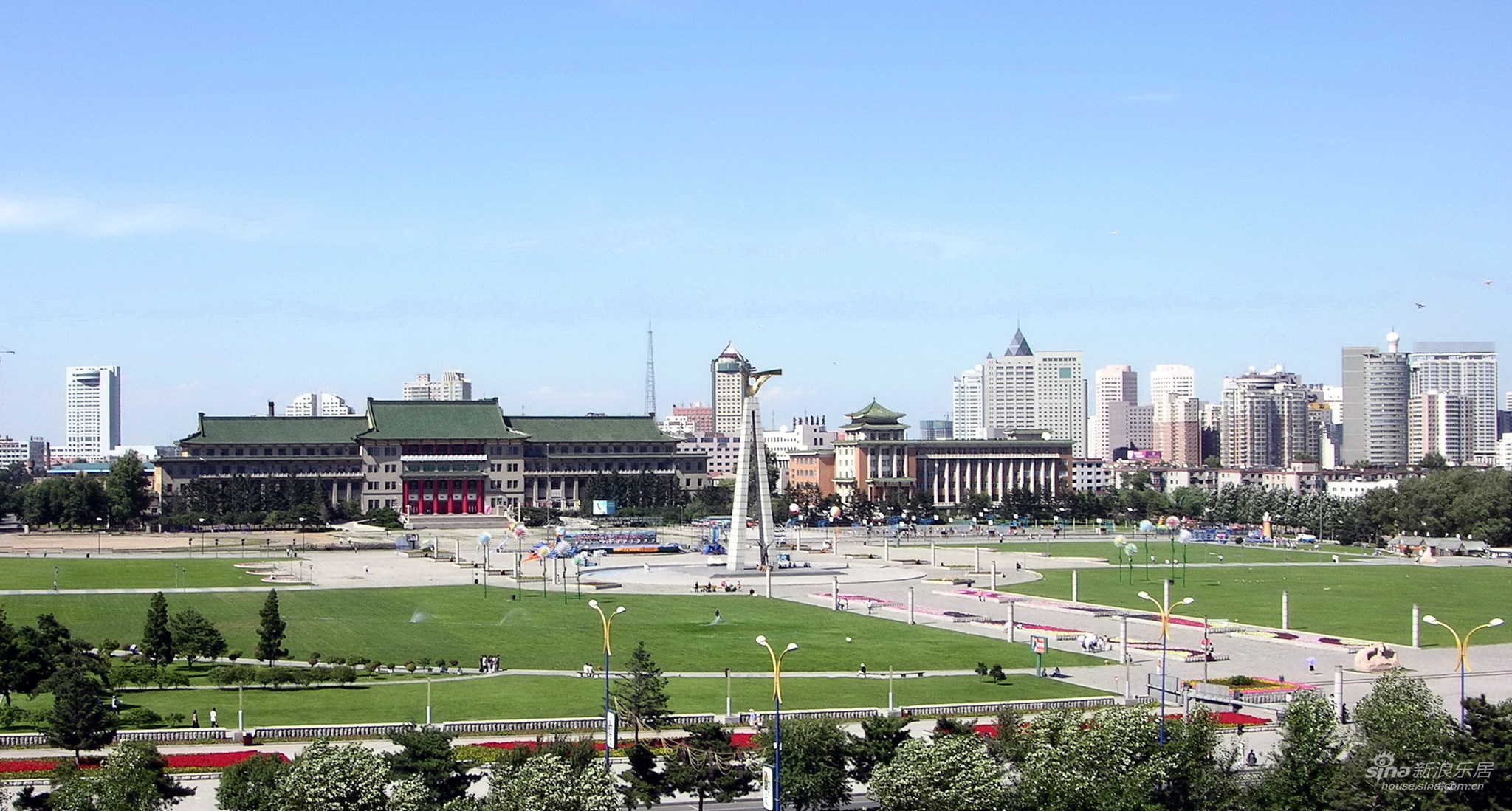

 Jilin Sheng-JL
Jilin Sheng-JL
 State Key Laboratory of Electroanalytical Chemistry
State Key Laboratory of Electroanalytical Chemistry
 State Key Laboratory of Polymer Physics and Chemistry
State Key Laboratory of Polymer Physics and Chemistry
 State Key Laboratory of Rare Earth Resource Utilization
State Key Laboratory of Rare Earth Resource Utilization




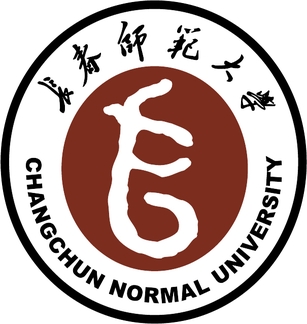
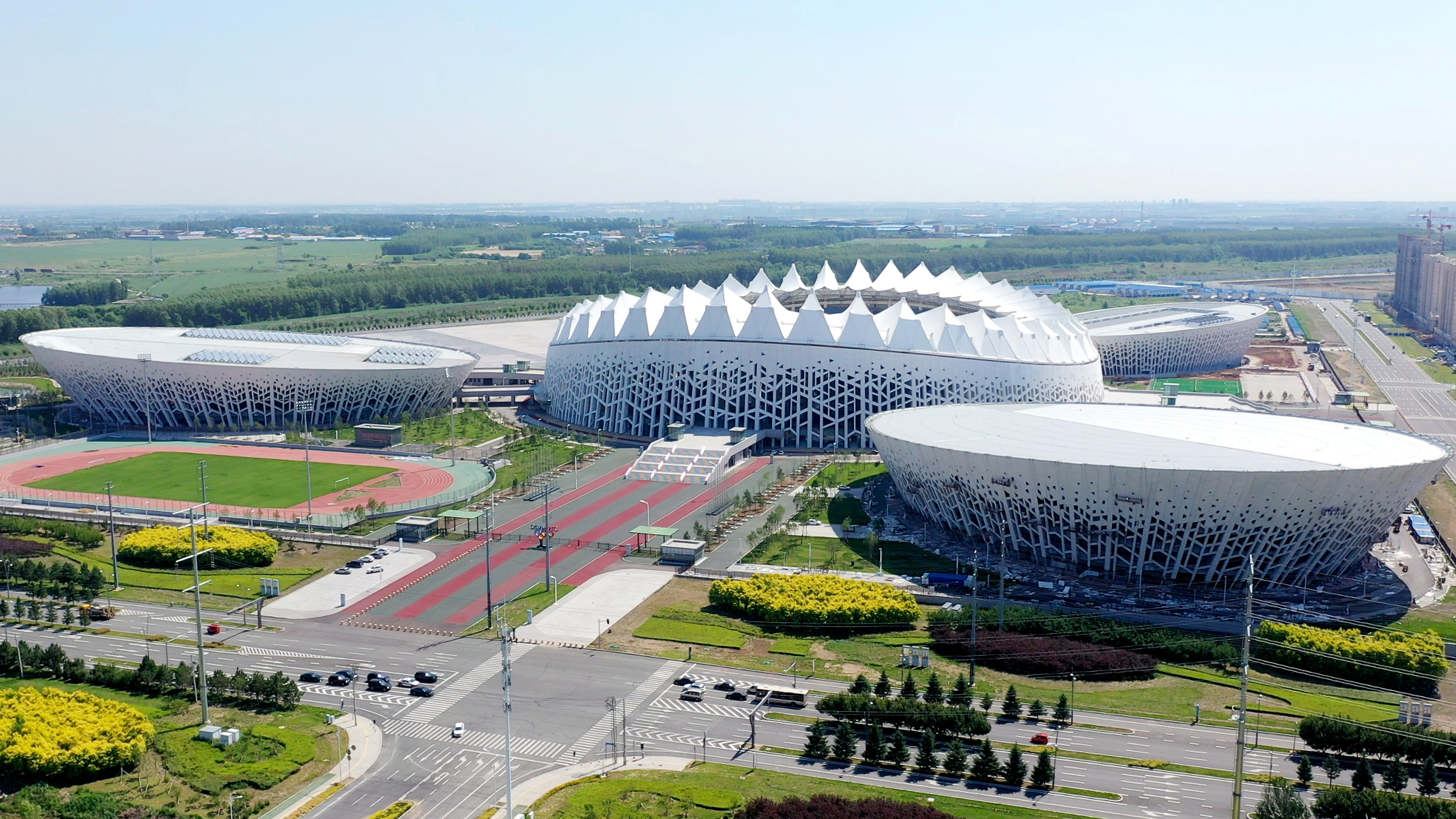



 International cities
International cities

 Companies
Companies
 Architecture
Architecture
 Sport
Sport
 Traditional medicine
Traditional medicine